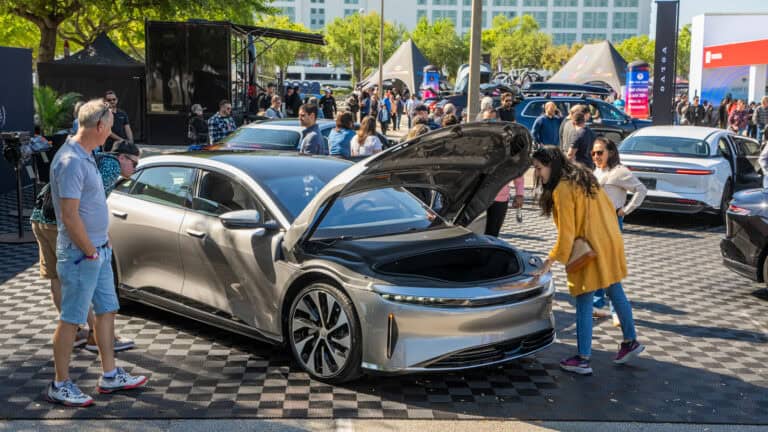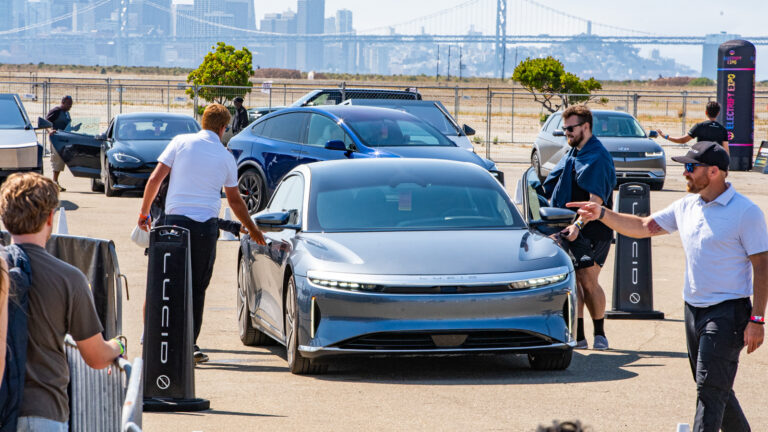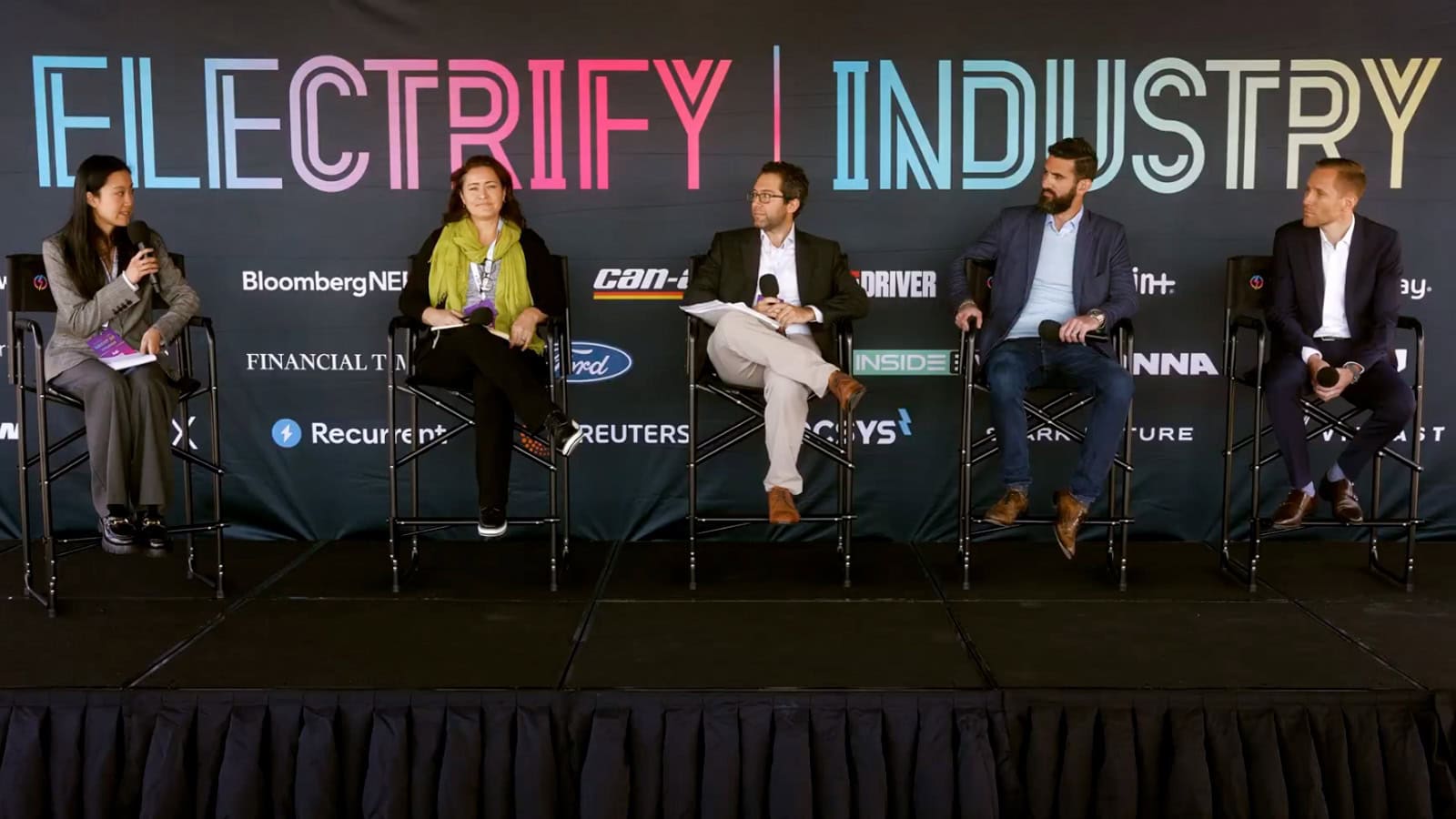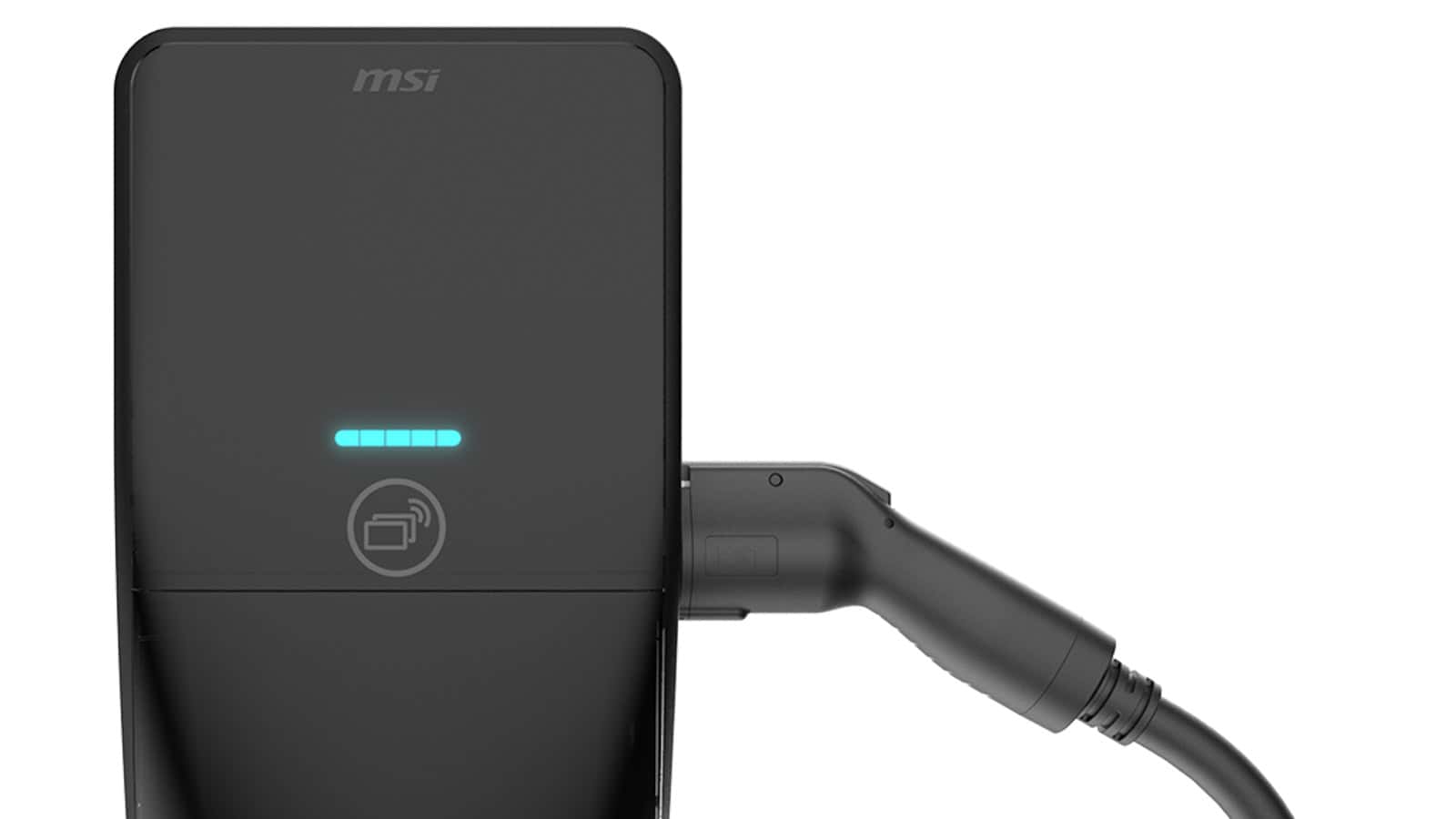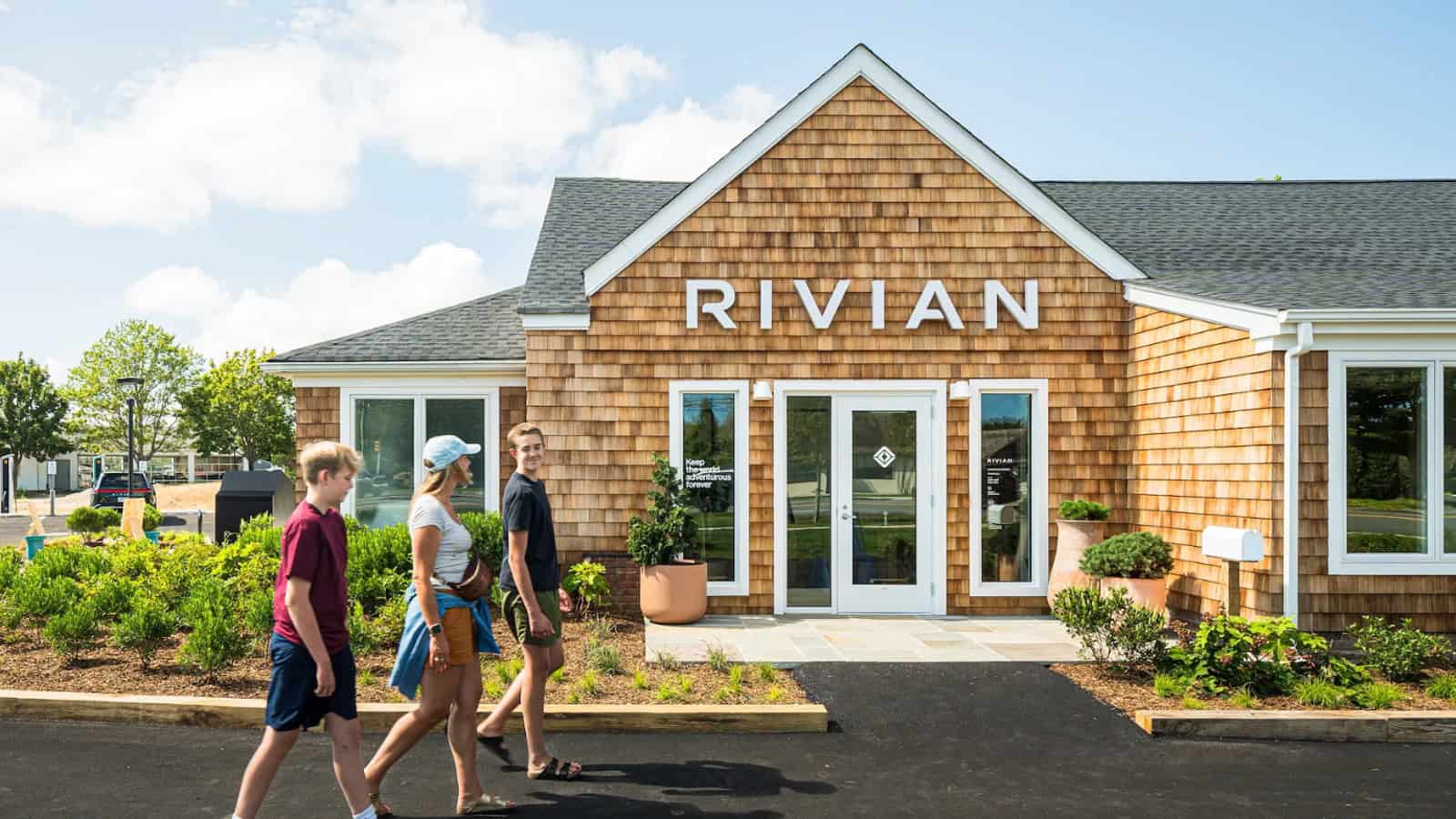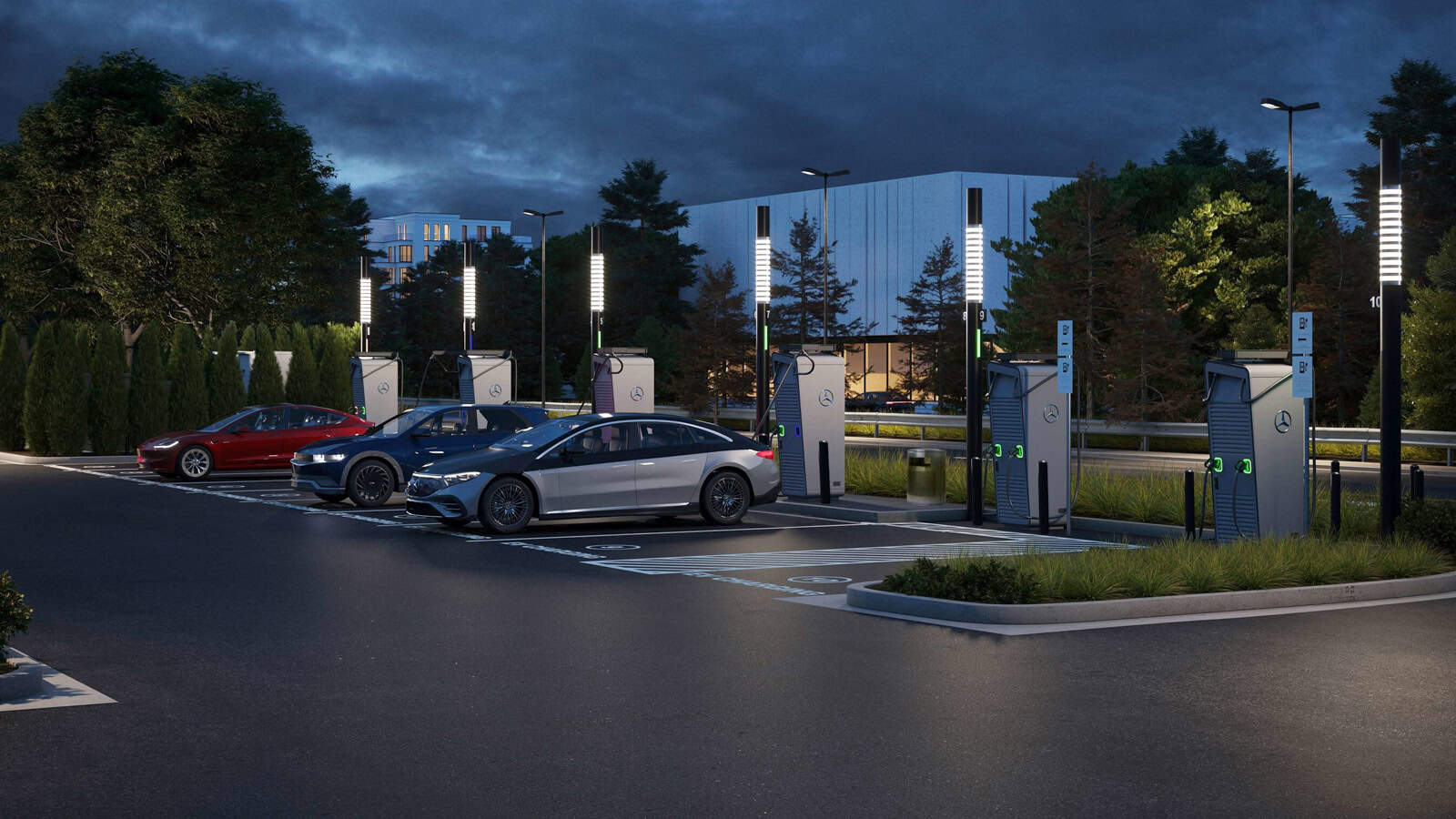- In 2025, EV drivers will use a BMW Group app to locate and pay for EV charging.
- BMW Group battery-electric vehicles from BMW, MINI, and Rolls Royce will have access to Tesla Superchargers.
- The automaker will add the NACS charging port to its electric vehicles beginning in 2025.
Beginning in 2025, drivers with BMW, MINI, and Rolls Royce battery-electric vehicles will have access to Tesla Supercharger stations. This announcement is part of the commitment to group EV charging access in the United States and Canada.
BMW Group joins Ford, General Motors, Honda, Hyundai, Kia, Mercedes-Benz, and Stellantis to build a reliable and robust charging network.
Benefits for BMW Drivers
In 2025, drivers with BMW, MINI, and Rolls Royce EVs will be able to find Tesla Superchargers and CCS charging stations on their vehicle information displays. Drivers will pay for EV charging through their vehicle’s smartphone app, rather than through several charging-station brand apps.
Sebastian Mackenson, President & CEO of BMW of North America said, “With six fully electric BMW, MINI, and Rolls-Royce models now available in the U.S. market, and more to come, it is our top priority to ensure that our drivers have easy access to reliable, fast charging.”
Easing EV Charging Complications
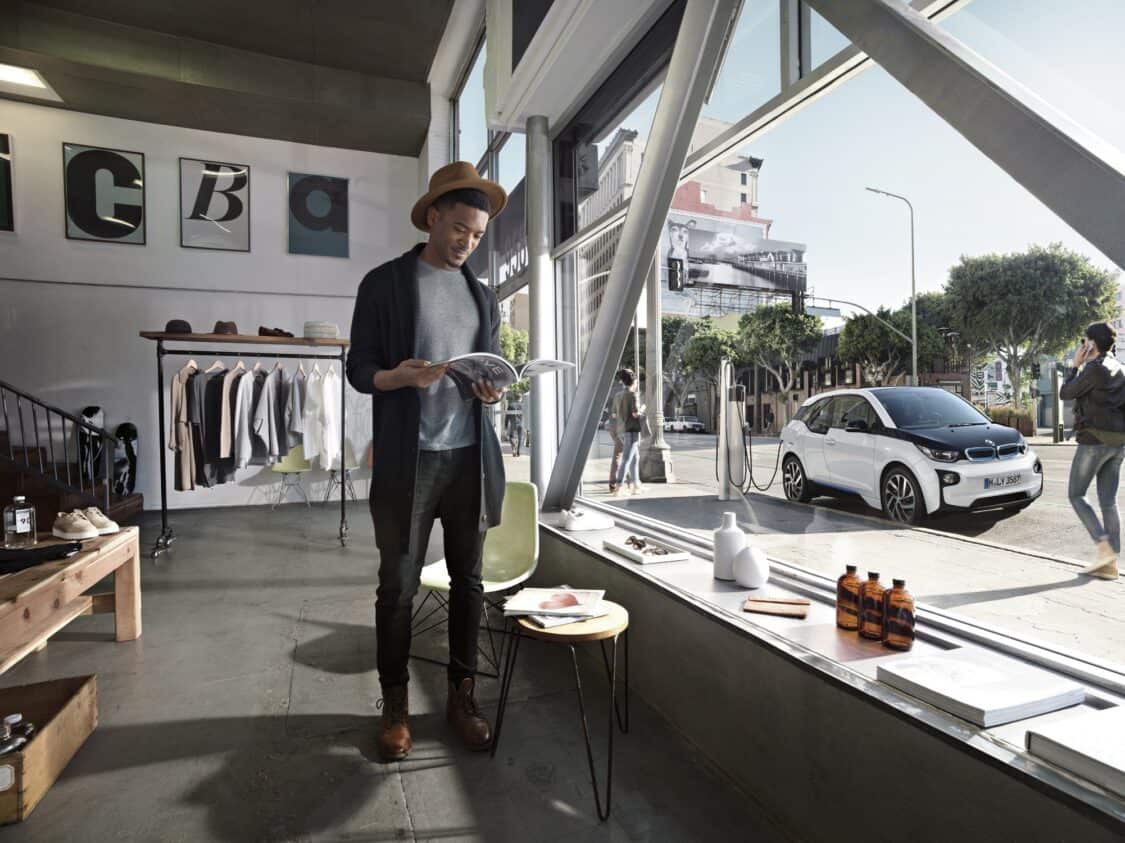
Currently, BMW drivers and the other OEM drivers must use several apps to locate and pay for EV charging. Each app requires usernames, passwords, and payment methods, so drivers have sensitive information spread across a variety of businesses.
The new apps and charging network access with simply EV ownership in the United States and Canada. To make EV ownership even more convenient for BMW and MINI drivers, the automaker will add the North American Charging Standard (NACS) ports to the battery-electric lineup.
Adding Over 30,000 New EV Charging Stations
BMW and the six other automakers will work together to build at least 30,000 new electric vehicle charging stations. The group will focus on adding charging stations along major highways and in metropolitan areas. All EV drivers with CCS or NACS ports will have access to the new stations. The chargers should be installed by 2030.
The seven automakers are forming a joint venture, which should be established before the end of 2023 after it passes regulatory requirements. Once the partnership is established, the group will begin installing new charging stations powered by renewable energy to support green transportation and reduce reliance on fossil fuels.
ChargeScape Energy-Sharing Network
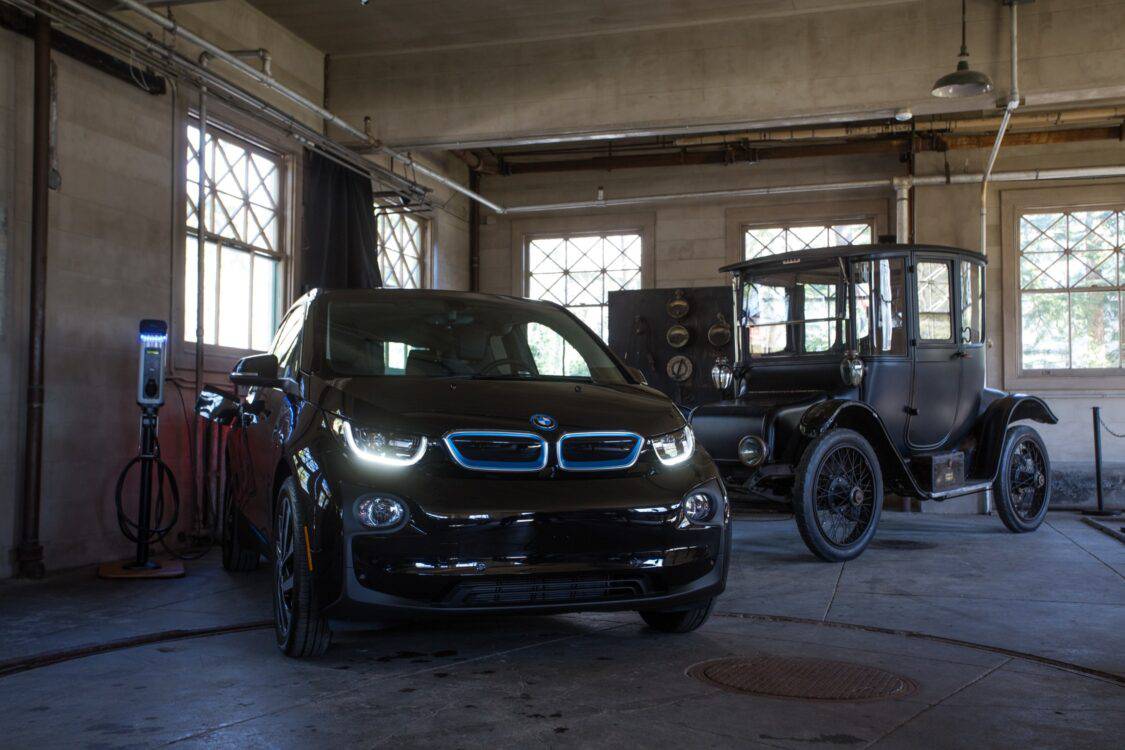
While the seven automakers work to build a joint venture, BMW has already established ChargeScape with Ford and Honda. The new venture is awaiting regulatory approval, but the company is expected to build a platform that lets EV drivers work with utility companies and automakers for cost-effective charging and energy-sharing services.
ChargeScape will offer financial benefits to EV drivers who take advantage of managed charging and energy sharing. The goal is to decarbonize the grid by offering EV drivers access to renewable energy sources.
Jay Joseph from American Honda Motor Co., Inc. said, “With automakers accelerating toward the electrified future, we must find solutions like ChargeScape that enable all stakeholders to work together for the good of our customers, society, and our industry by enabling greater use of renewable energy for and from mobility.”
ADVERTISEMENT

SOURCE | IMAGES: BMW GROUP
FTC: We use income-earning auto affiliate links. Learn more.





